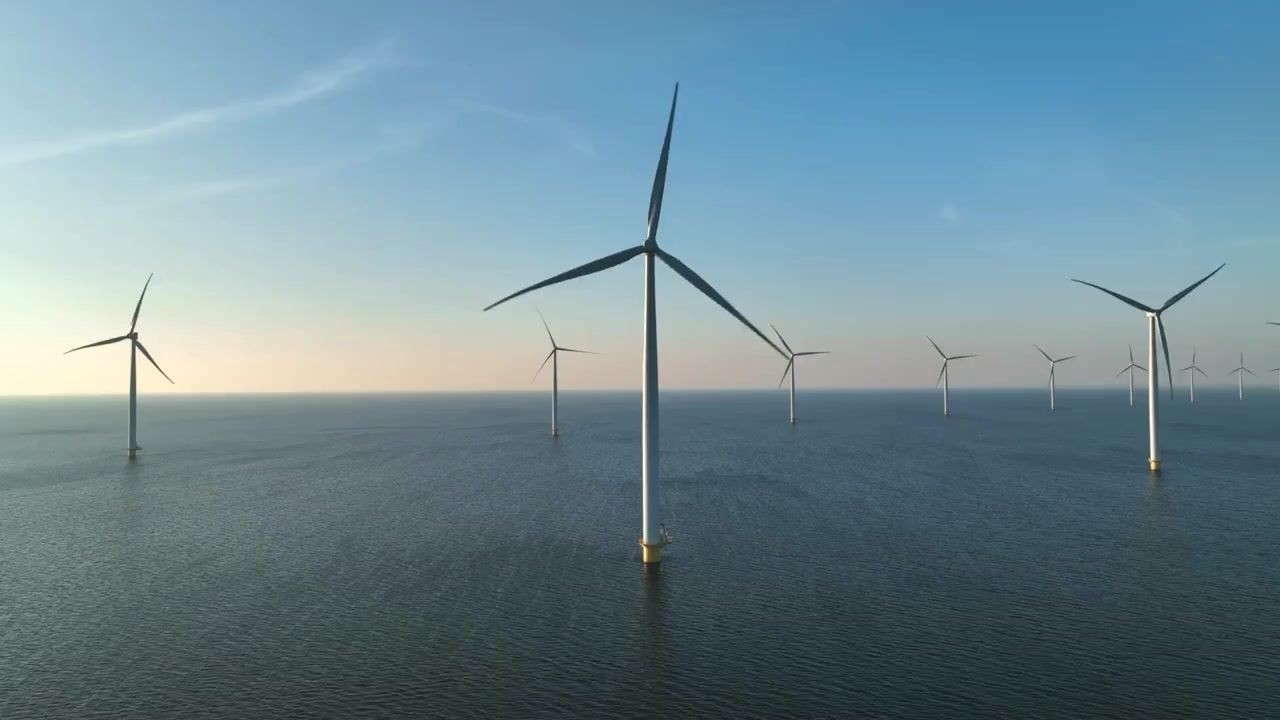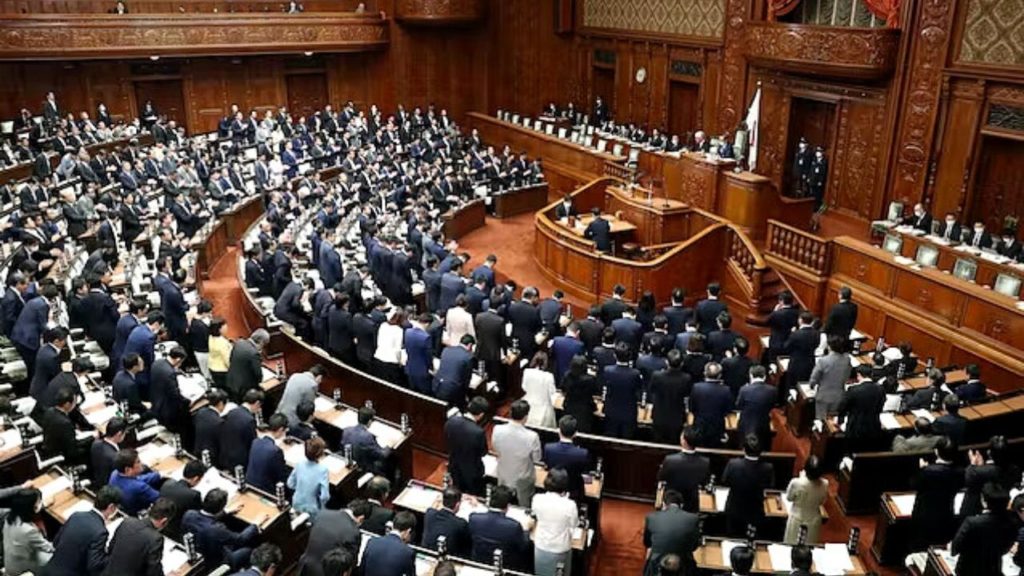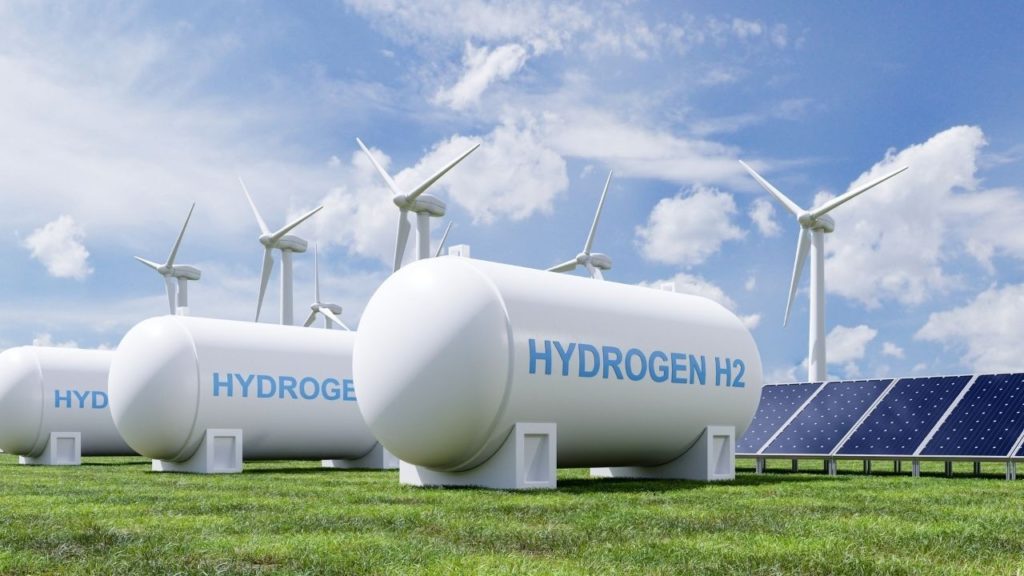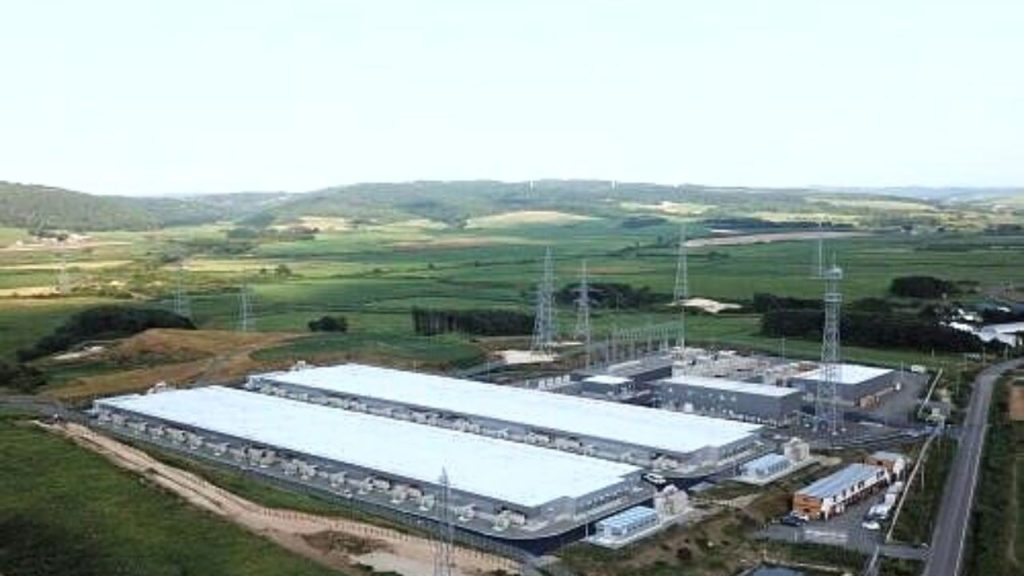In our latest blog post, we take a closer look at the second round of offshore wind auctions, the GX Promotion Law that just passed the Lower House, updates on the Hydrogen Basic Strategy, and Japan’s largest battery storage facility starting up in Hokkaido as a demonstration project aimed at resolving the nation’s grid constraints.
Second Round of Japan’s Offshore Wind Auctions closing end of June

Companies and consortiums will bid for 30-year projects in four sites with a total capacity of 1,800 MW in promotional areas in Akita, Niigata, and Nagasaki prefectures. Improvements were needed from the previous auction, which resulted in a surprising monopoly by the Mitsubishi group.
The government announced changes including the scoring criteria to promote fairer evaluation and to prioritize deliverability over price and placed a 1GW upper limit to stimulate competition and provide opportunities to bidding companies.
More positive changes are expected to come, including the use of the “central method” as proposed by MoE’s study group, in which the government will conduct environmental assessments on behalf of all bidders, significantly shortening the overall bidding process. With five areas in Hokkaido just upgraded to “potential” offshore wind zones, this marks a step in the right direction for more offshore wind projects in Japan.
Read more about our overview and analysis of what happened in round one here.
GX Promotion Law passes the Lower House, Aiming for 150 trillion yen of Decarbonization Investments

The GX Promotion Law passed the Lower and Upper House this month, approving the issuance of “GX Economic Transition Bonds” and the introduction of carbon pricing. 20 trillion yen of bonds will be issued over the next 10 years, funded by carbon levies and emissions trading. With additional investments from the private sector, the government expects total investments of 150 trillion yen. These funds will be allocated to technological development related to renewable energy, hydrogen, ammonia utilization, and support for energy-saving technologies.
In the next two years, METI and the GX League will lead discussions on rules and methods for creating tradable emission allowances. They will also determine the operational rules of the GX Promotion Organization, which will be the newly established body that will operate emissions trading.
Payments for emissions trading and carbon levies will likely be designed to compensate for the introduction of the FIT system, and the market’s focus will be on value per kilogram of CO2 emissions.
Revised Draft of Hydrogen Basic Strategy Requires Better Safety Measures

While it was praised for effectively incorporating the latest trends and environmental changes, there were requests to emphasize further the importance of securing personnel in the safety field. It was also pointed out that the draft needs to indicate the position of hydrogen derived from nuclear power from the perspective of S+3E (Safety + Energy Security, Economy, Environmental Conservation). The government plans to revise the hydrogen basic strategy within the month, taking these opinions into account.
Japan’s Largest 720MWh Battery Storage Facility Starts Operations

Toyota Tsusho Corporation completed a large-scale battery storage system (240 MW/720 MWh) and transmission and substation facility, which was selected as a demonstration project for “Transmission Network Development for Wind Power Generation” by the Agency for Natural Resources and Energy in 2013. These special projects aim to test and resolve grid constraints for the large-scale introduction of wind power generation, ensure stable power supply, adjust for curtailments, and contribute to the economic and industrial development of neighboring areas.
The nation’s largest lithium-ion battery storage facility is currently connected to a wind power generation facility with a capacity of approximately 540 MW and 78 km of transmission lines. In this project, Hokkaido North Wind Power Transmission will test “Dynamic Rating,” a technology to continuously calculate the changes in wire temperature and dynamically determine and manage transmission capacity, leading to a more efficient operation of transmission lines.
